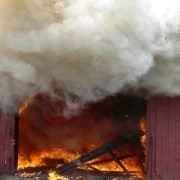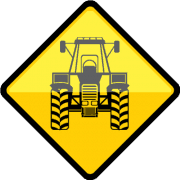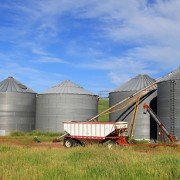Safe operation of the most used equipment on the farm – the tractor
With a new year comes resolutions. This year, instead of making a resolution to do something you’ve never done before, what if you made a resolution to perform daily tasks properly and safely? Something like operating a tractor?
Tractors are essential to farm operations. From field work to feeding the livestock to cleaning snow, tractors are the most used machine on the farm. Firing up the tractor is pretty routine on the farm and operation seems pretty straightforward. As simple and as commonplace as using these machines are, the fact remains that the majority of agriculture machinery-related fatalities involve tractors. Reminders on basic safety while operating tractors can help everyone stay safe.
Did you know that the majority of deaths on Canadian farms involve a tractor? Runovers and rollovers are the top two ways people are killed on the farm. Unmanned machine runovers account for approximately half of all runover fatalities. This means that half of all runover deaths happen when no one is even driving the machine! Passengers and operators who fall from the machine are also killed in runovers all too frequently.
Bystanders are also in danger of being runover, unfortunately, most killed in bystander runovers are children under the age of nine. Runovers are easy to prevent if basic tractor operating procedures are followed. Before mounting the tractor, walk around the machine to check for obstructions, bystanders and to check the general condition of the tractor. If any systems are faulty, do not use the tractor.
Before starting the tractor, make sure that all controls are in their neutral positions, the parking brake is applied and the clutch and PTO are disengaged. Do not start or operate any of the controls from anywhere other than the seat. Be sure to drive at a speed slow enough to keep control of the tractor, especially over expected hazards like railroad crossings. Do not drive the tractor on ground that may collapse, like near ditches or embankments.
When coming to a stop, make sure you are parked on even ground, disengage the PTO (if connected), and lower any implements that are attached. Be sure to place all controls in the neutral position, apply the parking brake and turn off the engine. Remove the key. Never dismount if the tractor is still moving.
It cannot be stressed enough that tractors are not passenger vehicles. Except for those built with instructional seats, they are built for one person. There are far too many stories of extra riders being killed or injured. Keeping extra riders off the tractor is an easy way to prevent tragedy.
To sum up, watch for bystanders (keep kids in supervised, safe play areas), do not try to start the tractor from anywhere but the operator’s seat, drive cautiously and never, ever allow extra riders. Operating a tractor safely is one New Year’s resolution that will pay off in reduced injuries and fatalities.
Source: Grain News and The Canadian Agricultural Safety Association



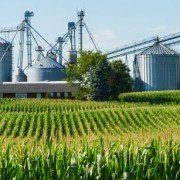
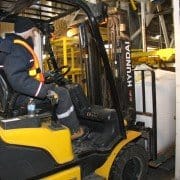
 The first type of incident regarding lifting and rigging is some type of breakage of a sling, wire rope, or chain resulting in a dropped load. While these type of incidents usually have the most severe consequences, there are often many other types of less severe incidents that cause the majority of injuries or property damage.
The first type of incident regarding lifting and rigging is some type of breakage of a sling, wire rope, or chain resulting in a dropped load. While these type of incidents usually have the most severe consequences, there are often many other types of less severe incidents that cause the majority of injuries or property damage.